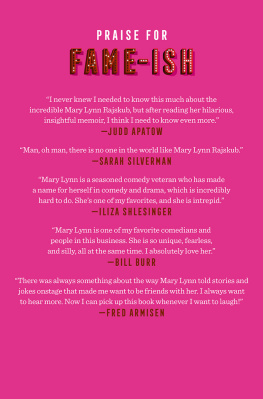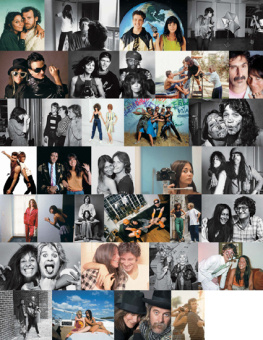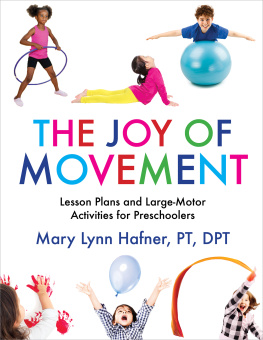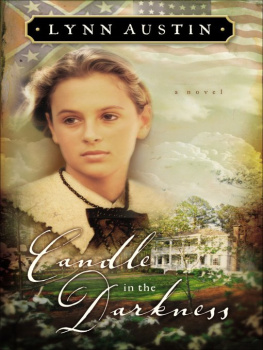University of Virginia Press
2017 by the Rector and Visitors of the University of Virginia
All rights reserved
Printed in the United States of America on acid-free paper
First published 2017
ISBN 978-0-8139-3998-8 (cloth)
9 8 7 6 5 4 3 2 1
Library of Congress Cataloging-in-Publication Data is available from the Library of Congress.
JACKET ART
Front: John Dooley, by Peter Baumgrass, 1859; back: James Dooley by William Garl Brown Jr., 1889; front flap and spine: Sarah Dooley and child, by Peter Baumgrass, 1859; back flap: Sallie Dooley, by William Garl Brown Jr., 1889. (Maymont Mansion, Richmond, Va.)
ACKNOWLEDGMENTS
A casual conversation years ago with the late lawyer and historian Drew Carneal launched my search for the Dooleys. Then a member of the board and chairman of the Historical Committee of the Maymont Foundation, Drew commented that the work of the foundation was progressing nicely, but, despite great interest in the Dooleys, who gave Maymont to the City of Richmond, very little was known about them because their papers had been burned shortly after Mrs. Dooleys death in 1925. I offered to do a little research to see what I could find, and before long I received a letter from Drew inviting me to join the Historical Committee. Fortunately, another member of the committee, Charles M. Caravati, M.D., had collected what was then known about James Henry Dooley and in 1978 had privately published Major Dooley, a brief biography of him. Dr. Caravatis work provided the springboard for my further research into the lives not only of Major and Mrs. Dooley of Maymont but also of other members of their family. I am grateful to both kind gentlemen for encouraging me in my work.
Since then I have become deeply indebted to many people and institutions. First and foremost, I am indebted to Boyd Zenner, Acquiring Editor at the University of Virginia Press, for shepherding my overly long manuscript throughout the prepublication process and trimming it expertly. Her wise counsel sustained me throughout the bumpy process.
I am grateful to two historians who read drafts of my manuscript. John Kneebone, chairman of the History Department at Virginia Commonwealth University, took time out from his own research project to read and suggest helpful revisions of many chapters. Anne Freeman, writer, historian, friend, bravely read the long first draft of the manuscript of this book and gently suggested ways to improve it.
I am very grateful to Nelson Lankford, who alerted me to several sources that I might have missed, and to the archivists and librarians who located the manuscripts and records that form the basis of this work. Among them are Jean Murray, chief archivist at Limerick Archives and Limerick Ancestry, who located Dooley family records in the National Archives of Ireland; Frances Pollard at the Virginia Historical Society; Minor Weisiger, Chris Colby, and Dave Garbarek at the Library of Virginia; Teresa Roane, Meghan Hughes, and Kelly Kerney at the Valentine Museum; Lynn Conway at the Georgetown University Library; Victor Sansone at the Diocese of Richmond; Sister Joanne Gunter at Mount de Chantal School, Wheeling, West Virginia; Jennifer McDaid at the Norfolk Southern Historical Collection; Sister Betty Ann McNeil and Bonnie Weatherby at the Daughters of Charity Provincial House, Emmitsburg, Maryland; Wesley J. Chenault at the James Branch Cabell Library, Virginia Commonwealth University; Jodie Koste at the Tompkins-McCaw Library, Medical College of Virginia; Sandy Monroe, Richmond City archivist; B. Obenhaus at Special Collections, Virginia Polytechnic Institute and State University libraries; Mrs. John Samuel Biscoe at the National Society of the Daughters of the American Revolution headquarters in Washington, D.C.; Mary Ann Quinn at the Rockefeller Archive Center, Pocantico Hills, New York; Margaret Whittington at the C&O Historical Society; Maureen Manning at the University Club, New York City; and Liz Triplett, Skip Stockdon, Shannon Humphreys, Sue Shook, Ellen Parnell, Lynn Vandenesse, and David Kilmon at the main branch of the Richmond Public Library.
I also thank Dale Wheary, Fred Murray, Peggy Singlemann, Nancy Loudon, Kathy Garrett-Cox, Evelyn Zak, Carol Harris, Dot Ruqus, Armistead Wellford, Beth OLeary, Karrie Jurgens, Dick Cheatham, Dottie Robinson, Geoffrey Platt, and Norman Burns at Maymont.
I owe thanks to the heads and the employees of several organizations whose archives yielded helpful information. They include Sally Warthen, then president of the National Society of the Colonial Dames of America in the Commonwealth of Virginia, who gave me access to its archives; Ray Pardue and his executive assistant, Norma Marshall, at St. Joseph Villa, who gave me access to early records; and Mabel Toney at Hollywood Cemetery.
I greatly appreciate the efforts of the people who provided the photographs for the illustrations in this book: Jamison Davis at the Virginia Historical Society; Dale Neighbors at the Library of Virginia; Meghan Hughes at the Valentine Museum; Ray Bonis at Virginia Commonwealth University; Shaun Aigner-Lee at Dementi Studio; Dale Wheary at Maymont; and Alfred Scott.
I am grateful to Katherine Busser and her staff at Capital One for publishing the keepsake edition of Will the Real Major Dooley Please Stand Up? and Other Maymont Moments auctioned at Vintage Maymont 2005.
My special thanks go to the James Henry Dooley Chapter of the Ancient Order of Hibernians, whose eagerness to learn about their patron spurred my work, and to AOH member Jack Cassells, who searched for records of the Dooley family in Ireland.
Others who shared information, gave helpful advice, or identified additional source material also deserve thanks, including Mark Cox; Bob Evans; Fitzhugh Elder; Rossie Fisher; Carter Fox; Lang Gibson; Bob Hill; Virginia Wellford Jones; Jack McElroy; Sorrel McElroy; Mac McGuire; Dick Mulligan; John OGrady; Beth OLeary; Dr. Lee Perkins, who translated the Latin text of James H. Dooleys doctor of laws diploma; John Peters; Bill Rose; Emily Rusk, researcher extraordinaire; Phil Schwarz; Alfred Scott; Elizabeth P. Scott; Linda Singleton-Driscoll; Rita Smith, Lynn Spellman; Ben Warthen; and Harry Warthen.
I am especially grateful to my husband, John Temple Bayliss, my patient, wise, and encouraging first reader; to Armistead Saffer, Ann Bayliss, Tom Bayliss, and Delores Bridgett, whose expertise solved a number of distressing problems with my computer; and to our son, Temple, who for years listened patiently at the dinner table to my animated reports of new discoveries about the Dooleys.
Introduction
I nside the elegant filigreed gates of Maymont in Richmond, Virginia, lie one hundred acres of beautifully manicured lawns and gardens, a Richardson Romanesque stone mansion with a sumptuous Gilded Age interior, a handsome stone carriage house, and a stone barn. The lower terrace of the Italian garden leads to a hillside fountain topped with a stone lions head. Nearby, a forty-five-foot-high waterfall plunges dramatically into a serene Japanese garden.
Now open to the public, Maymont was originally the home of a prominent and philanthropic couple, James Henry and Sallie May Dooley, who lived on the estate for more than thirty years before leaving it to the City of Richmond in 1925. Operated for the city by the non-profit Maymont Foundation, the estate attracts more than a half million visitors per year. It was not, however, the Dooleys only home. They had another, Swannanoa, eighty miles west of Richmond. A marble palace on Afton Mountain, it was built by the Dooleys between 1911 and 1913. It is now a crumbling monument to excess, and its vast terraced gardens are ruins. Even so, both estates are now Virginia Historic Landmarks and listed on the National Register of Historic Places.










